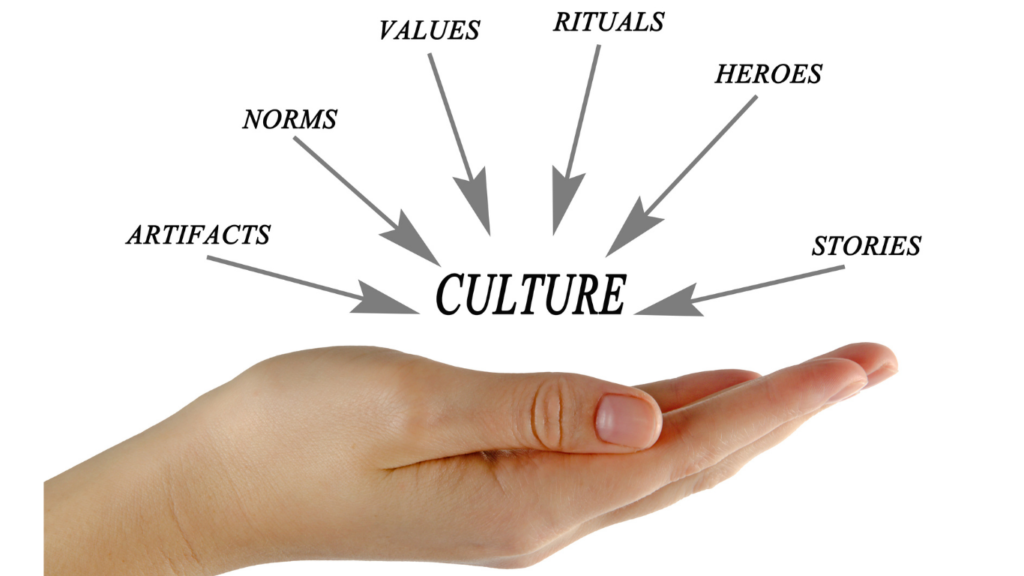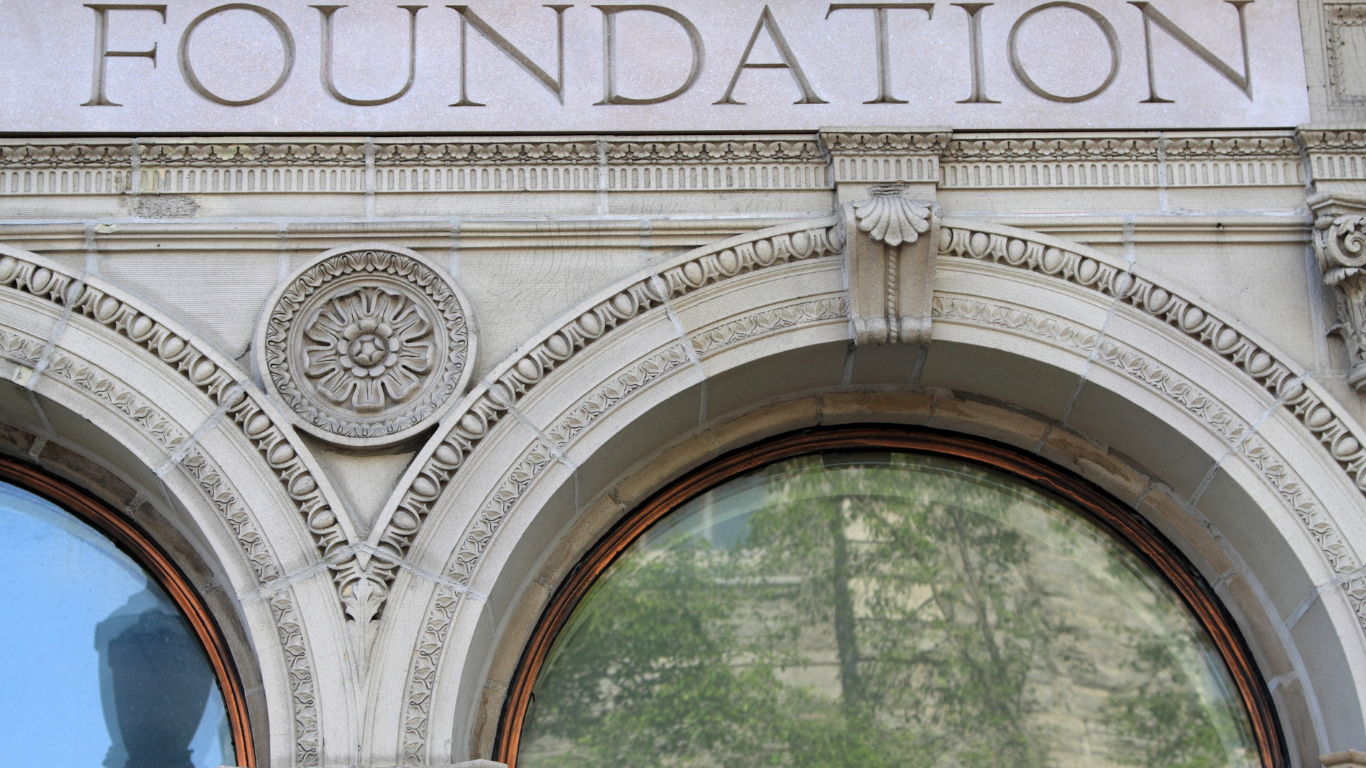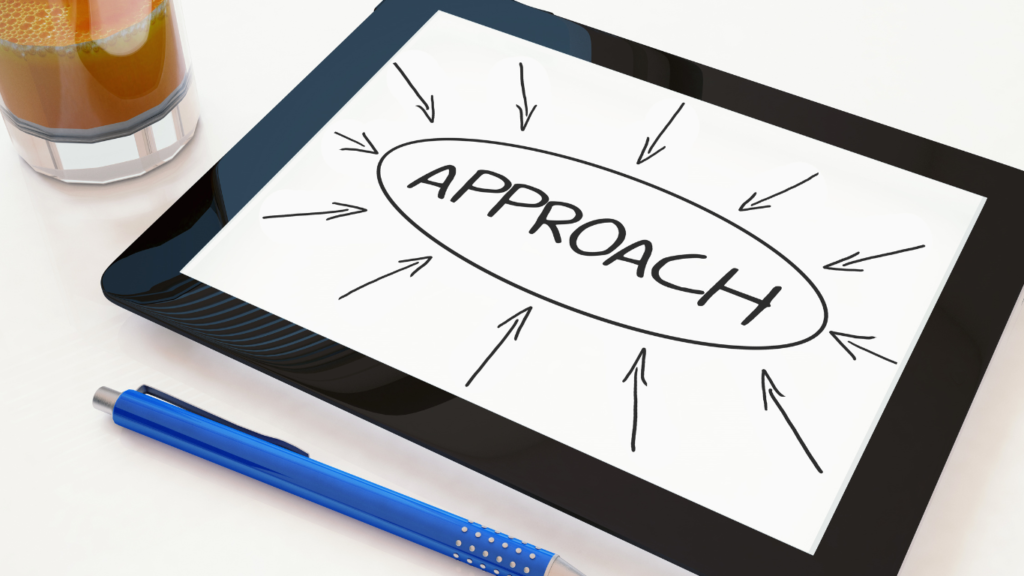What do Culture, Communication, Community, and Connection all have in common? They are the foundational Four Cs of our Leadership Essentials (ARTs Development lead) work we do to support individuals and their organizations in their efforts to develop their leadership pipeline.
Hi, I’m Byron Darden with another edition of Leading with Purpose on Purpose. Ever wonder who gets promoted, why they get promoted, and how they get promoted? The ones who get promoted are the ones who demonstrate the most promise to lead. They are often referred to as High-Potential leaders. Nearly all major organizations actively seek out these individuals and prepare them to be tomorrow’s executives when today’s executives retire. We even support executives in their retirement.
Why they get promoted usually boils down to their capability, willingness, and character to do what others only dream of doing. For some, dreaming is enough. For others, dreaming is just the beginning. For still more, high-potential dreams become a series of conscious actions that prime the pump to turn that dream into reality.
How they get promoted is through our Signature System here at TAEC which we’ve been developing and honing for over 20 years. That is, whether or not you consider the four decades spent prior to researching leadership from the most unlikely of places. That is part of what makes our Signature System effective in getting the job done!
In this installment, we begin our latest series on how to get promoted so that you can influence the way the world of business is run. So, join us by becoming a part of our leadership community. Sign up for our weekly Executive Perspective newsletter. You’ll also have access to our Executive Insights, special offers on coaching programs, and be the first to learn about what is brewing in our leadership development pipeline. In the meantime, enjoy the blog.
Let’s start with an introduction to Building Workplace Culture.








